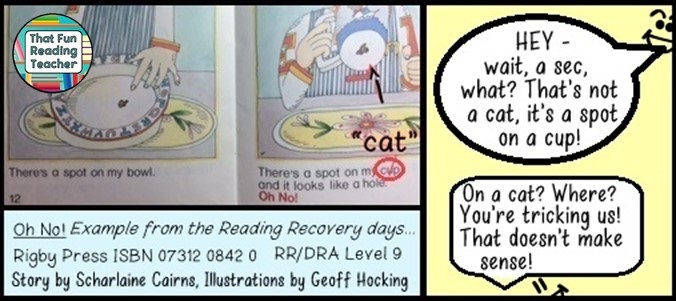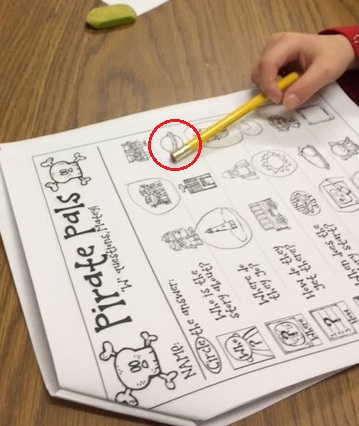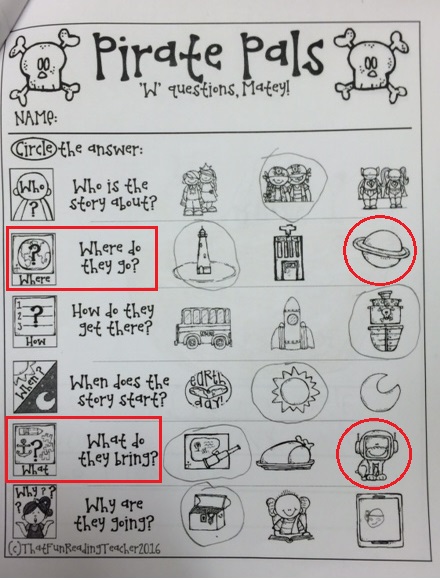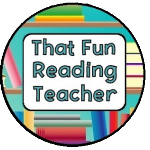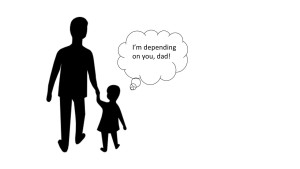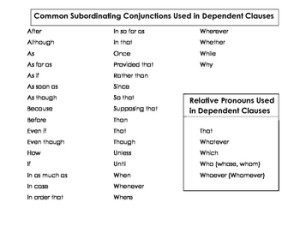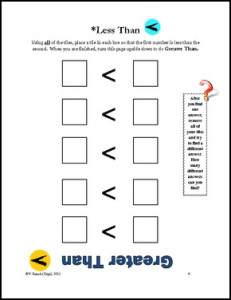St. Patrick’s Day: Motivating students to reading for meaning ~ with humor!
Nothing grabs my students’ attention more than something that is downright silly.
They know I tend to make the odd ‘mistake’ when we’re reading together, and that reading just HAS to make sense. Whenever I sense someone’s attention (or foot, or elbow) beginning to drift, I’ll throw in the odd error, for example:
Recently, we have completed the Pirate Pals Read and Write and More booklet together, and it occurred to me, again, that when kids anticipate fun and laughter, they are more willing to invest their energy and focus up front.
St. Patrick’s Day is upon us. I read the story of St. Patrick to my grade one class years ago, and remember the pre-reading discussion well. A small group of my students believed that St. Patrick was a leprechaun, and others found the idea to be hilarious. The child who had expressed this idea was embarrassed and it had a significant impact on his confidence in sharing in groups, and taking risks in his learning, for some time.
This, of course, took us off-track into a conversation about teasing, laughing at vs. laughing with others.
I’m planning to give the students I see the advantage of knowing the true story of St. Patrick early, so they can be armed to laugh with their classmates!
The St. Patrick’s Day pages below and the Pirate Pals pages above are only two of the elements of the Read and Write and More Series.
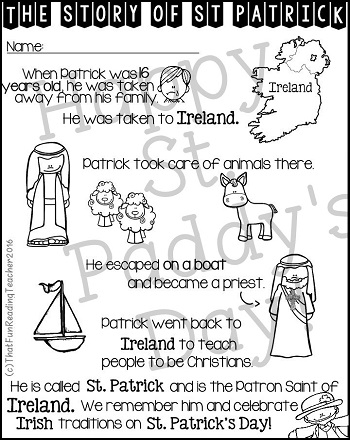 |
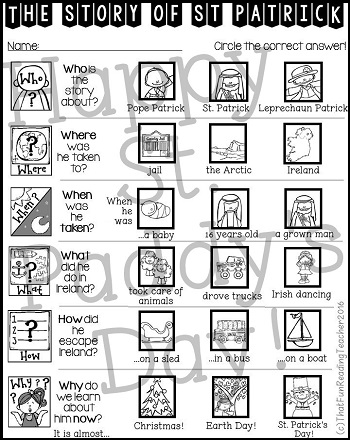 |
Isn’t laughter the way of the Irish, after all?
Happy St. Patrick’s Day, everyone!
Related:
 |
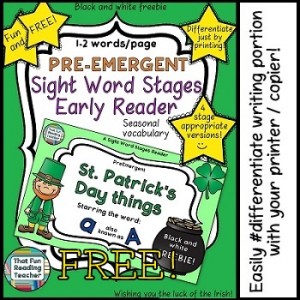 |
 |
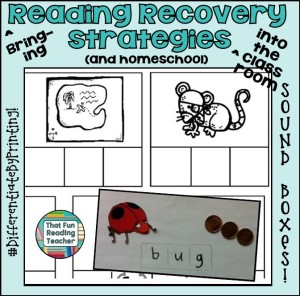 |

